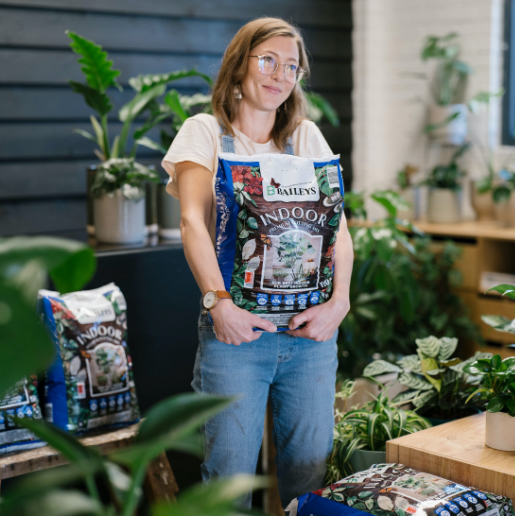
Join our Great Gardens Club!
Sign up to enjoy 15% off your first purchase from Baileys online. Plus, get our monthly WA gardening tips, latest news and promotions straight to your inbox.

Sign up to enjoy 15% off your first purchase from Baileys online. Plus, get our monthly WA gardening tips, latest news and promotions straight to your inbox.
Fertilising, Pruning & Care
Lemon Myrtle are slow growing and the addition of a slow release, organic fertiliser, such as Baileys Soil Matters Garden in Spring will help promote growth. If using as a screen or hedge, regular light tip pruning will be required to encourage dense growth. If growing as a feature tree, choose a specimen that has a single trunk and as the plant grows remove lower branches to create the desired shape.
Lemon Myrtle has relatively few issues with pests and diseases. Myrtle rust is a serious fungal disease not established in WA, but poses a great risk to trees and shrubs. It attacks and kills many plants belonging to the Myrtaceae family including eucalypts, bottlebrushes, paperbarks and peppermint trees. Suspect symptoms should be reported to the Pest and Disease Information Service.
Aphids and mites can weaken growth and can also cause sooty mould. Control by spraying with eco-oil.
Harvest & Use
Harvesting is simple. Just pluck fresh leaves as needed, removing no more than one-third of the plant at a time. Leaves can be harvested year round and can be used either fresh, dried like a bay leaf, or ground.
Leaves can be used in so many way, including fresh tea, ground up and used in desserts and biscuits, used for cooking with fish and meat or hanging in your home as an air freshener.
The distilled citral oil, which has a lemon-lime scent, can be used in cosmetic products, hand-creams and soaps. These are just a few of many uses and a google search will give you many more ideas.
Recipe idea - Lemon Myrtle Cake